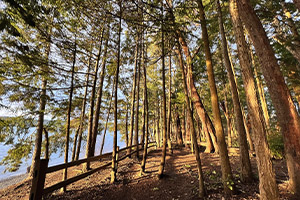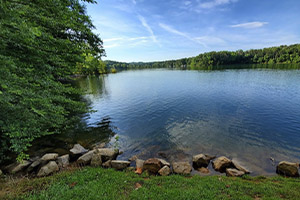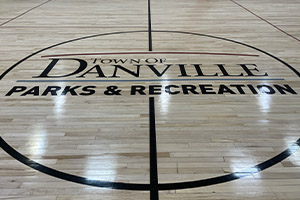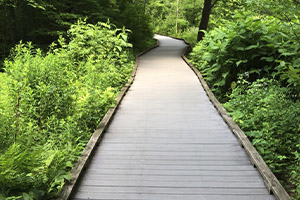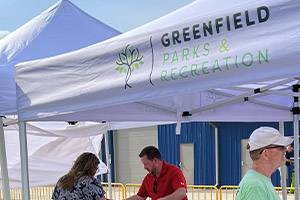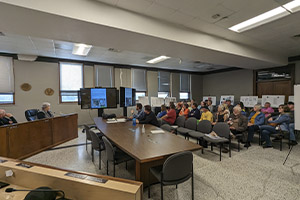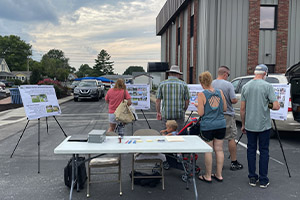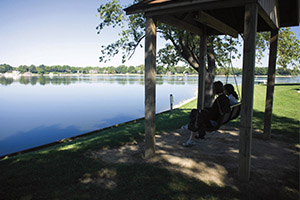
Cicero, IN Parks and Recreation Master Plan (2022)
Why
Cicero, Indiana needed to update its Recreation Impact Fee (RIF) ordinance. As part of the process, it was determined an update was needed for its five-year Parks and Recreation Master Plan. Since Cicero did not have a Park Board, updating the Master Plan did not have to remain on a strict five-year cycle. With a change in department leadership and the recent removal of the outdoor community pool, it was determined updating the Master Plan along with the RIF was a logical approach to understanding community need while charting a new course for the department.
HOW
The Master Plan placed a large emphasis on community engagement to truly understand unmet need within Cicero. Utilizing the water bill and other marketing channels, the engagement process was able to reach almost double the participants as the previous planning effort conducted six years prior. The consultant team then matched community input with industry standards, organizational readiness, and financial considerations to confirm the department’s positioning to deliver parks and recreation services.
What
The final Master Plan provides direction for leveraging parks and recreation services within Cicero. As identified through data analysis, Cicero serves more than its residents and is more of a destination due to its proximity to the Morse Reservoir and sports complex. The Master Plan details action steps for working with Hamilton County Tourism, other local municipal park departments, and the school system to increase recreation access. Additionally, strategies include ways to grow commensurate with community growth and expectations.
Reference
Jim Hunter, Superintendent
Cicero Parks Department
(317) 984-3475
jhunter@townofcicero.in.gov
1050 S Pearl Street
Cicero, IN 46034

